Sony PlayStation VR review
Proper VR for the masses that just misses out on greatness
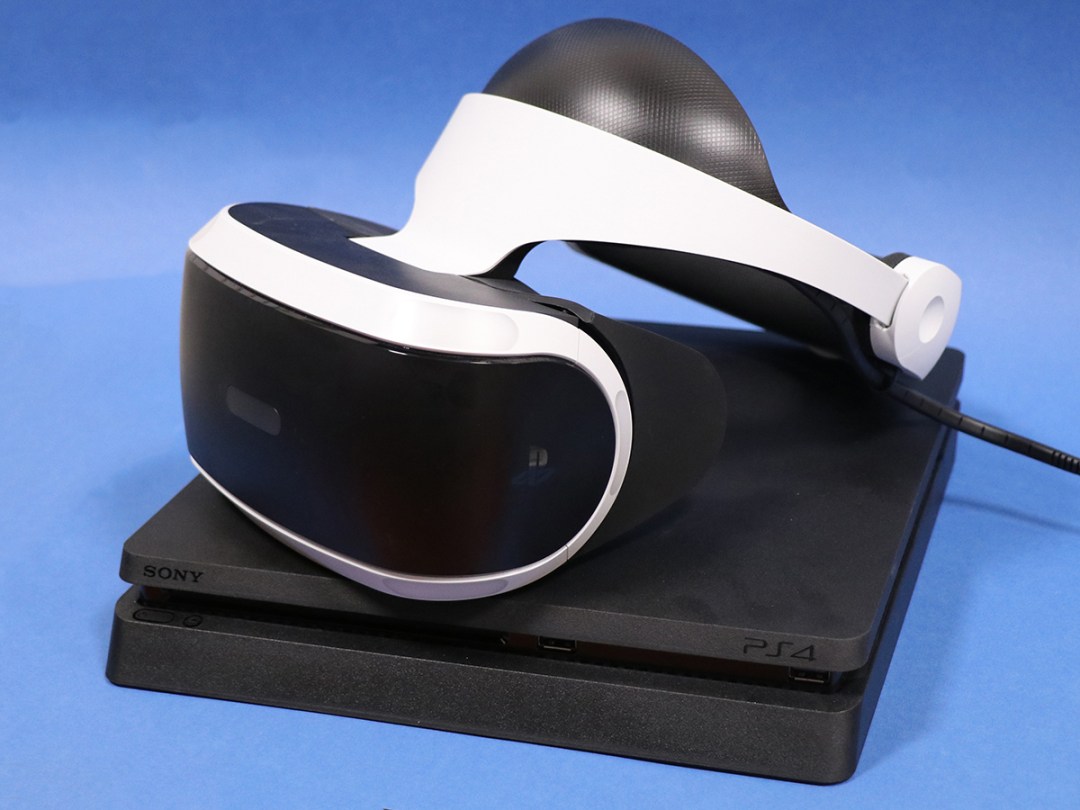
If the HTC Vive and Oculus Rift are so awesome – and they are – why is it that so few people have bought them? I mean, do you know anyone who’s got either? Thought not.
The answer is obvious: cost. The Oculus Rift will set you back £550, while the post-Brexit price of the Vive is £770. Both require a £1000+ PC. Ouch.
That’s why us VR fans (and I am very much a VR fan) have been chomping at the bit for the PlayStation VR.
At £350 no-one’s calling it cheap, but it sure looks it next to those other options, especially when you consider that it’s designed to run on the standard PS4 that around 45 million people around the world already own. And If you don’t already own a PS4 you can now pick one up for a very reasonable £250. Even when you factor in the required PS Camera, which costs £39, you’ve got a vastly lower entry point than that of Vive and Rift.
If your assumption is that Sony must have compromised to hit that price, you’d be right. The company’s made no secret of the PS VR’s specs, which are predictably lower than those of the more expensive options, and no-one thinks a PS4 is as powerful as a £1000+ PC either.
In short, we’ve gone into this fully expecting a lower resolution experience, and prepared to forgive Sony for that given the price point.
Unfortunately, while PlayStation VR is brilliant at times, it also seems to have a few teething problems – and they’re ones that can’t be written off quite so easily.
Sony PlayStation VR design: the stuff of sci-fi

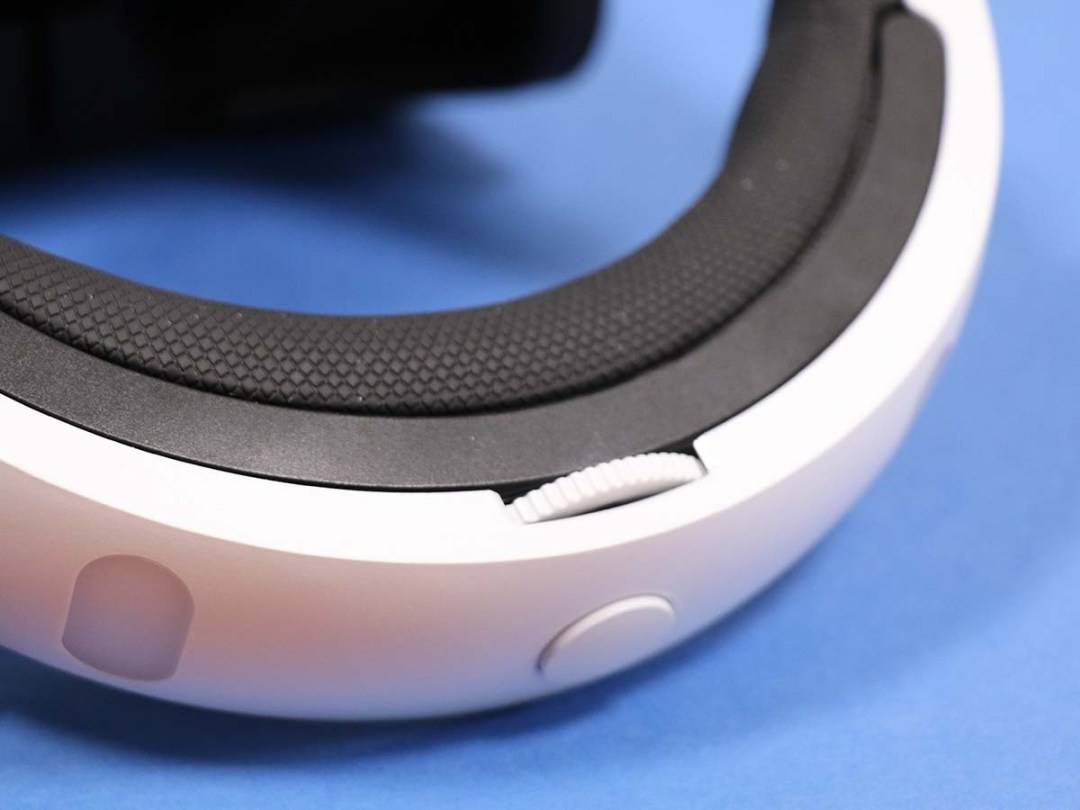
But let’s start with a major positive: as a thing to touch, behold and wear, the Sony PlayStation VR is really rather awesome. Unlike the HTC Vive and Oculus Rift, which are essentially black goggles with elastic straps that keep them attached to your face, PlayStation VR is smooth and sculpted, and kept on your head by a sort of halo that places the weight on your crown rather than your brow and nose.
To put the headset on, you hold in a button at the back of the halo to stretch it out then settle it on your noggin. Next, you push in another button on the bottom-right of the goggles to move the lenses closer to your eyes. That second bit of adjustment works on notches that are a little far apart, so the lenses can feel a bit too close or too far away at first, but this is generally something you get used to.
The rubbery shroud that extends from the edges of the goggles to stop outside light spoiling your view also takes some getting used to, but overall this is a more comfortable headset than the other two. It’s less tight and more airy around the eyes, and that means you avoid what we’ve come to refer to as ‘sweaty socket syndrome’ after a long VR session. Nor will you suffer from the red pressure lines that a Rift can leave you with.
What’s more, the blue lights around the goggles and rear band, which are used for positional tracking, make the thing look like a Tron prop – and that can only be good thing.
RELATED › The 25 best PlayStation games ever
Sony PlayStation VR setup: easy but wiry
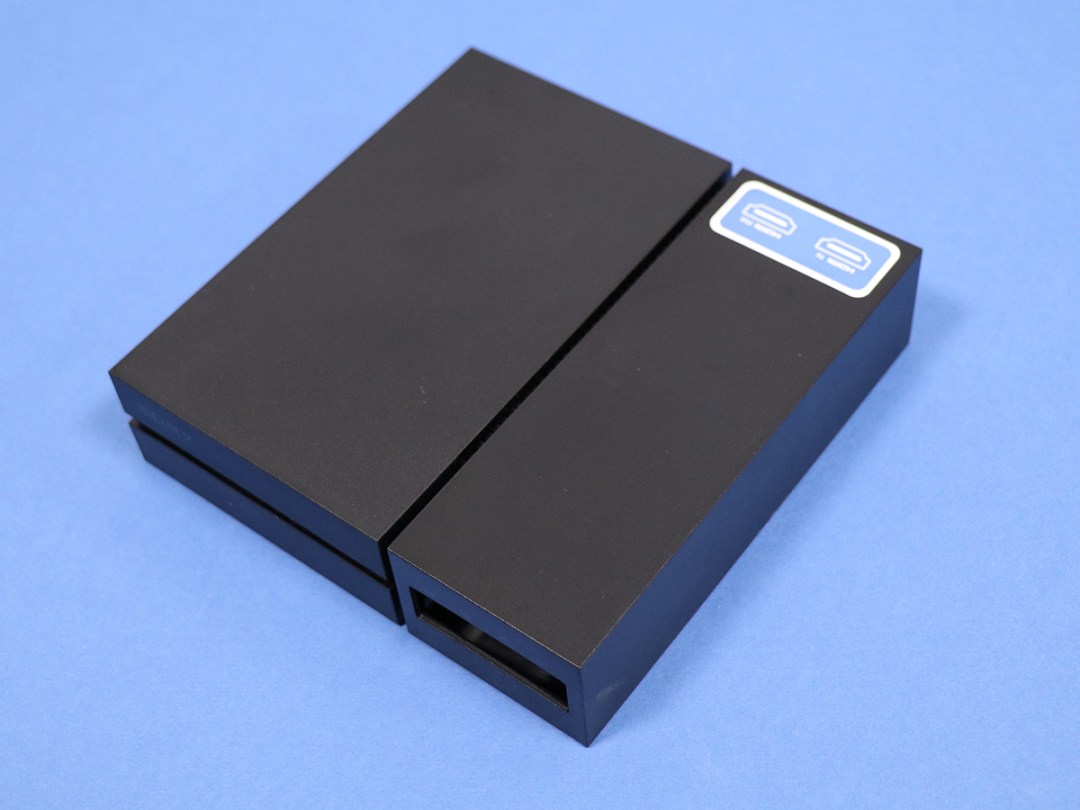
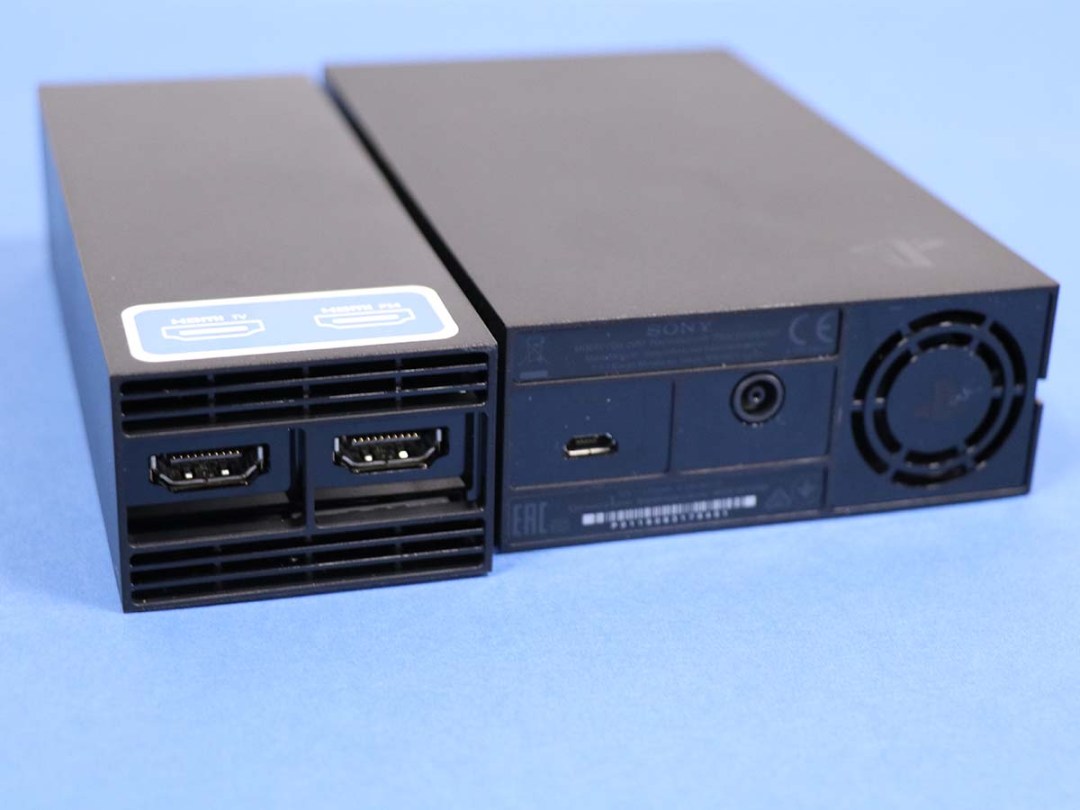
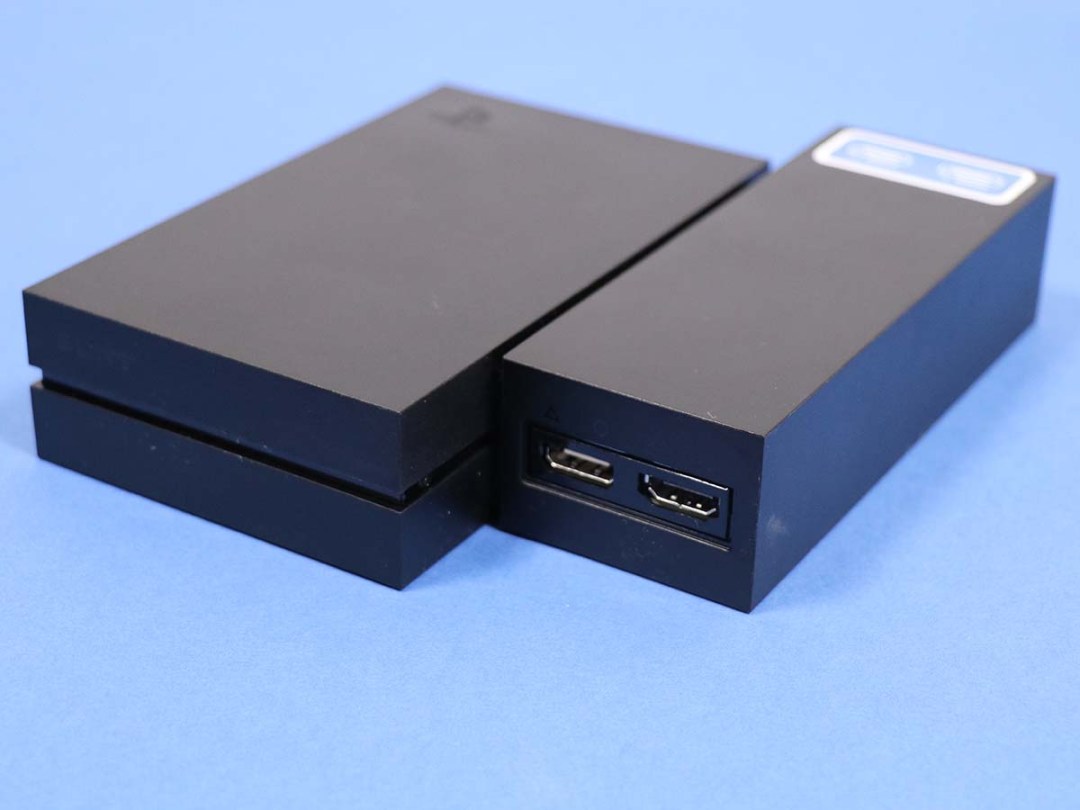
There’s a lot involved in getting your new PlayStation VR ready to rock. That’s mostly because you don’t plug it directly into your PS4, but instead into a Processor Unit that in turn connects to the main console.
The Processor Unit itself has been designed to fit in with the rest of the PS4 family (matte black finish, ridge running down the middle) but it feels very light and plasticky by comparison.
The HDMI cable that previously ran from your TV to your PS4 now runs to this instead, with an extra, bundled HDMI lead then running from this to the PS4. The Processor Unit from now on will work as a passthrough, sending video to the headset and your TV (so anyone else can see what you’re up to) when playing VR, and just to your TV when the headset’s switched off.
The idea here is that you don’t have to plug in and unplug cables to switch modes. Unfortunately, that’s rather undermined by the fact that the Processor Unit can’t pass-through HDR (you know, that awesome video feature that every PS4 just got), so you will have to do an irritating cable shuffle whenever you want to switch from VR to HDR gaming and vice versa. That seems a really baffling oversight to me, and one that’s only going to get more irritating as HDR games and TVs become more prevalent.
Anyway, back to the cables, because we’re sure as heck not done yet. No, don’t go – it’s interesting, honest.
As well as the HDMI, the Processor Unit also needs to be connected to your PS4 via USB. The rub here is that while the PU has a USB port on its rear, the standard PS4 and PS4 Slim do not, so you have to run the cable to the front of your console. Having a cable permanently dangling out of the front of your console might not be a huge deal, but it does feel like another example of surprisingly thoughtless design. FYI, the upcoming PS4 Pro does have a rear USB, and can also give a visual boost to your VR games.
Once all of the connections to the PS4 have been made, you need to wire the headset itself to the Processor Unit. No, the headset isn’t wireless and no-one expected it to be – VR relies on very low latency to not make you throw up, and low latency demands cables.
The one coming from the headset is about 1.5m long and splits into two HDMI-looking connectors at the end. These are plugged into a little box (the connectors are colour-coded and shaped so you can’t get it wrong) that’s attached to its own 3m cable, which again splits into two ends that you plug into the front of the Processor Unit.


You’re also going to need to plug a PlayStation Camera into your PS4. If you don’t already have one (and who does?) that’s going to set you back £39 for the new version, which is identical to the old one in terms of specs but has a neater design that features an integrated stand/clip for easier positioning on top or in front of your TV.
Finally, you’re going to need sound to go with the VR visuals, and that means headphones. A pair of plasticky in-ears is bundled in the box, but any stereo headphones with a standard connector will work. All you do is plug them into the inline control unit that dangles a few inches along the cable running from the headset. Note that ‘standard connector’ means that if you’ve got headphones with their own mic and/or controls for iOS or Android, they may not work here. Wireless cans are out, too, as they bypass the Processor Unit, which is where the 3D audio is produced.
If all of this setting up sounds really complicated, fear not – there’s an extremely simple and clear step-by-step guide and it actually doesn’t take long to get wired-up. But if it all sounds rather messy, it is. Having a VR headset and keeping your lounge neat and tidy are incompatible life goals. But no more so here than with Oculus Rift or Vive.
Alternatively… › HTC Vive review
Sony PlayStation VR play space: Testing the limits
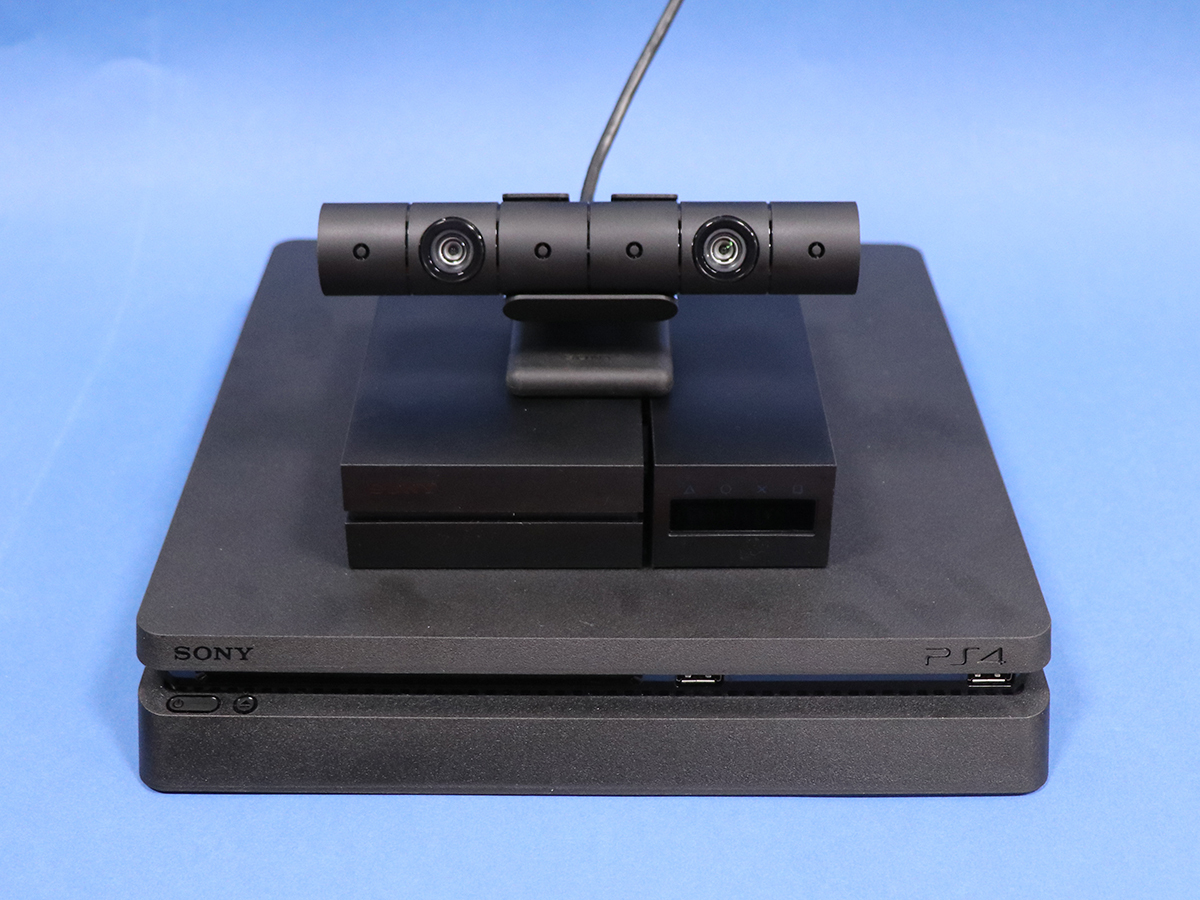
The PlayStation knows what you’re looking at in the virtual world by using the camera to monitor the positioning of the headset’s blue lights in the real world. This obviously means that you need to be in a position that the camera can reliably see you. The official guidelines say that you need to be at least 2ft from the camera and no more than 9.6ft away, and that you’ve got about 1.9m of width to play with.
If that width doesn’t sound like much, it doesn’t feel it in practice either, especially when using the optional Move controllers to represent your hands in a game such as Batman: Arkham VR or The London Heist portion of VR Worlds (more on both of those below). In these it’s a bit too easy to stretch beyond the camera’s vision and find something’s out of your reach. It doesn’t happen all of the time, but when it does it shatters the illusion created by an otherwise all-consuming virtual world.
Talking of Arkham VR, this is one of just a couple of games so far that encourage a standing rather than sitting position. Standing up after having calibrated the camera for a seated position proves that the height of what the camera can see is also limited, in that your head will be outside the play area and you’ll have to manually tilt the camera. That’s a bit of a faff when you’ve also got a VR headset and a number of controllers to contend with.
You can’t help but think that Sony would have been wise to invest in more advanced camera tech that could see more of your room. Say what you will about how demanding the setup of the HTC Vive is – once it’s done your entire room is turned into a play space that you can move around in. And while Oculus‘ sensor has similar limitations to those of the PlayStation Camera, that’s because it’s currently intended for desk-based play without a motion controller. When Oculus gets its motion controller, it’s also getting a second sensor to vastly increase the play space.
It’s also worth pointing out that it doesn’t take too much other light in your room to create problems for the PS Camera. Direct sunlight, big windows and bright lamps all need to be avoided if you want the smoothest VR experience possible. Again, it feels as though a camera that’s less sensitive to these other light sources would have been a wise move.
Sony PlayStation VR Cinematic Mode: playing games and watching Netflix on a 163in virtual projector
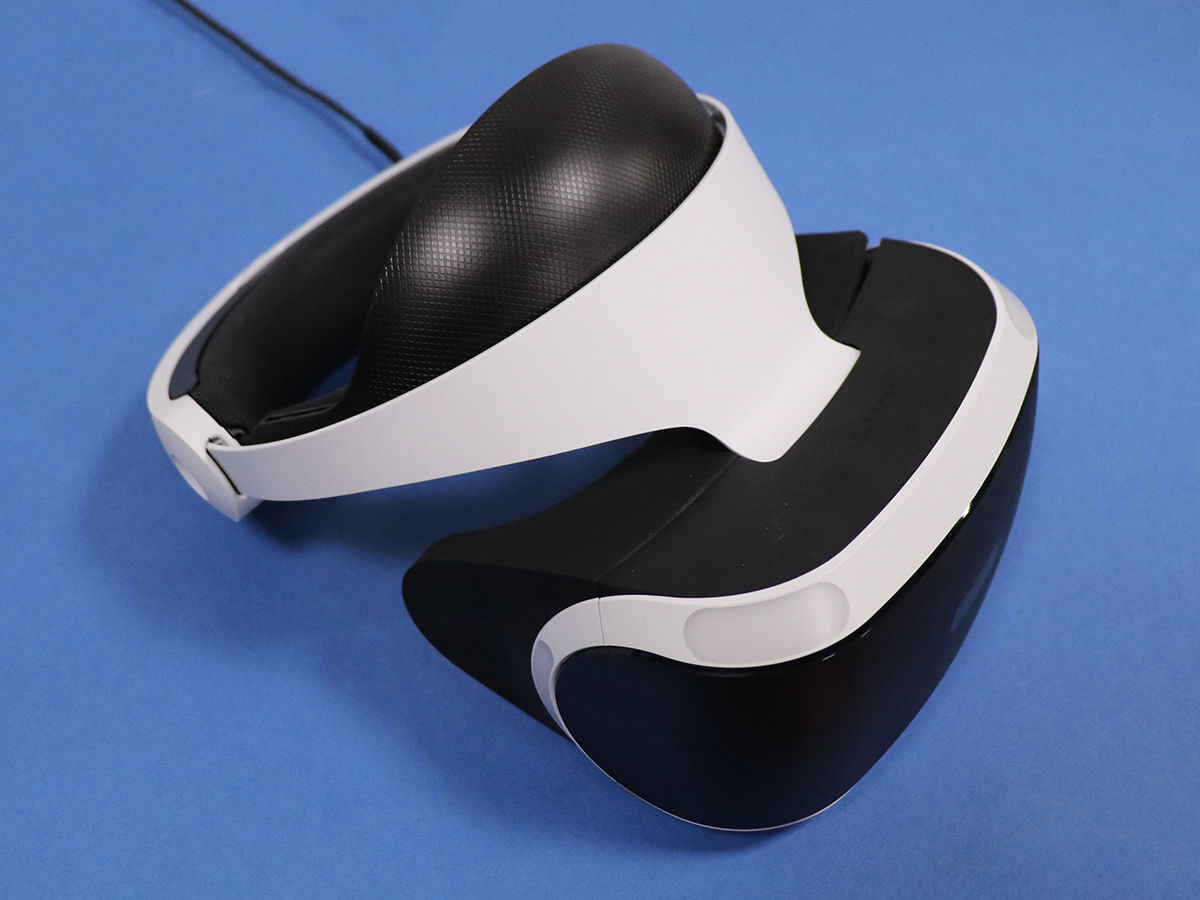
While the setup can be quite fussy in some settings, at its simplest it’s a case of aiming the Camera at the sofa, closing a couple of curtains and dimming the lights. At which point you just need to put the PS VR on and press the power button on its inline controller.
What you’ll be initially greeted with isn’t actually virtual reality, but a huge, flat version of the PlayStation’s home menu floating in front of you. It’s as if you’re playing your PS4 on a 163in projector in an otherwise entirely pitch black room. It’s immediately pretty awesome.
This is called Cinematic Mode, and it enables you to do everything that you can when you’re using your PS4 through a TV. Navigate menus, play your non-VR games and even watch videos via Blu-ray, Netflix, etc.
As mentioned above, the Processor Unit is still sending a feed of whatever you’re watching to your TV, but that doesn’t mean someone has to watch it; you can quite happily play PS4 now while someone else watches Strictly Come Dancing in the same room.
That’s a really cool bonus, isn’t it? You’ve just gained an extra new screen as well as a virtual reality headset. It is worth pointing out, though, that resolution is compromised when you’re in Cinematic Mode, and your movies, games and menus look a lot less sharp and more jaggy when you play them through the headset rather than a TV.
It’s also worth pointing out that some games just don’t seem suited to this kind of setup. I found Destiny to be a bit too intense when played at the Cinematic Mode’s default size, whereas the small mode (which reduces the virtual projector screen to 117in) makes the resolution deficiency even more pronounced and makes the game way too ugly. And yes, there is a large option, too, but at 226in I think it’s really too big for regular use, breathtaking though it can be.
I also need to point out here that I had a problem with the first PS VR that Sony supplied. For some reason this initial sample seemed unable to set the horizon correctly, which meant that the screen produced by Cinematic Mode was wonky – twisted clockwise a few degrees. Fortunately, my replacement sample doesn’t have the same issue, so we’re going to put it down to an unlucky fault. If you get one and feel that it’s ‘off’, get in touch with Sony.
Sony PlayStation VR games: getting real with virtual reality
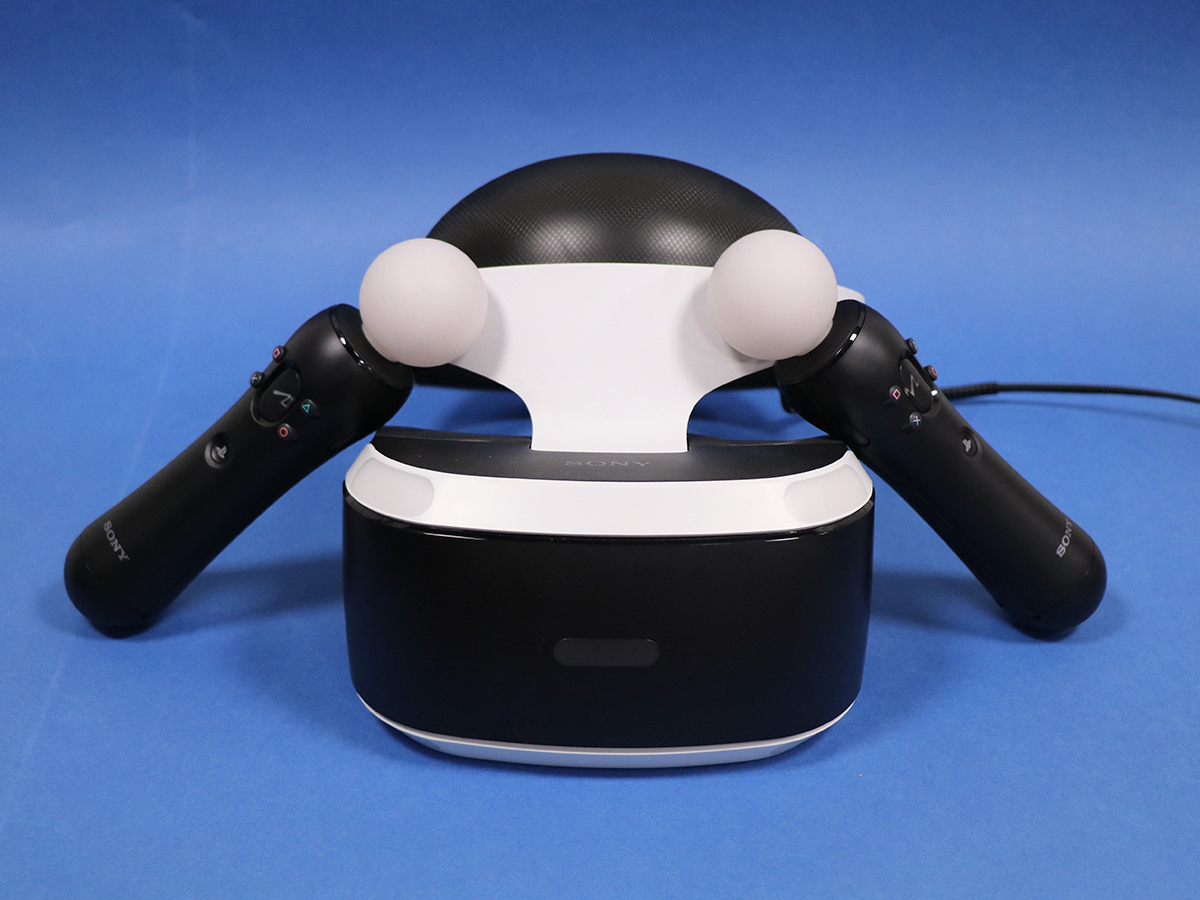
Cinematic Mode is cool and all that, but you bought the PS VR for proper virtual reality games, so it won’t be long before you’ve fired one up. Chances are it’ll be the demo disc that comes with the headset, and this gives you a tantalising taste of what VR is capable of.
For those who’ve never tried VR, nothing can really prepare you for the feeling of being transported into your games. It’s incredible how quickly you go from thinking “I’m playing a game about flying a spaceship” to “I’m actually sitting in a spaceship, looking around the cockpit, watching ships weaving around me deep in outer space”.
In fact, you don’t really think about it at all. You’re just there, falling for the illusion hook, line and sinker.
Since having PS VR at home I’ve teamed up with fellow journalists to pilot tanks in the Tron-like Battlezone, I’ve been attacked by a shark and played my part in a gun-heavy diamond robbery in VR Worlds, I’ve operated armed, mechanised suits in future-sports/FPS title RIGS, and I’ve driven a McLaren P1 at breakneck speed along snowy, mountainous roads in Canada. The immersion at times is so complete that you entirely forget you’re playing a game and are simply swallowed up by the whole experience.
What’s incredible, given the relative limitations of the hardware, is how smooth and fast everything runs. It’s vital in VR that there’s no judder or lag, not simply because it’s annoying but because it can also make you vomit all over your carpet. The PS VR screen can refresh at up to 120Hz, smoothing out even those games that usually run at 60fps, and I do not recall a single time that the gaming experience was anything less than entirely fluid.
To achieve that sort of performance some sacrifices have had to be made, and these are perhaps best illustrated by DriveClub VR.
It’s very stripped back compared to the original version, most obviously in the lack of different weather effects and the shrinking of the grid from 12 cars to 8. Resolution has taken a big hit, too, and there are times that the jagginess and lack of detail can force you out of the moment. Some cars have digital speedos that are too blurry to read, and it can be hard to identify the make and model of an opponent’s car if it’s more than a few metres in front, such is the blockiness. Scenery, meanwhile, is beautifully dramatic and immersive when taken as a whole, but also appears flat and poorly resolved when looked at at all closely.
All that said, there are also plenty of times when you won’t care about – or notice – any of that, because you’ll be too busy revelling in the exceptionally natural way the car feels and the frenetic, bumper-to-bumper racing.

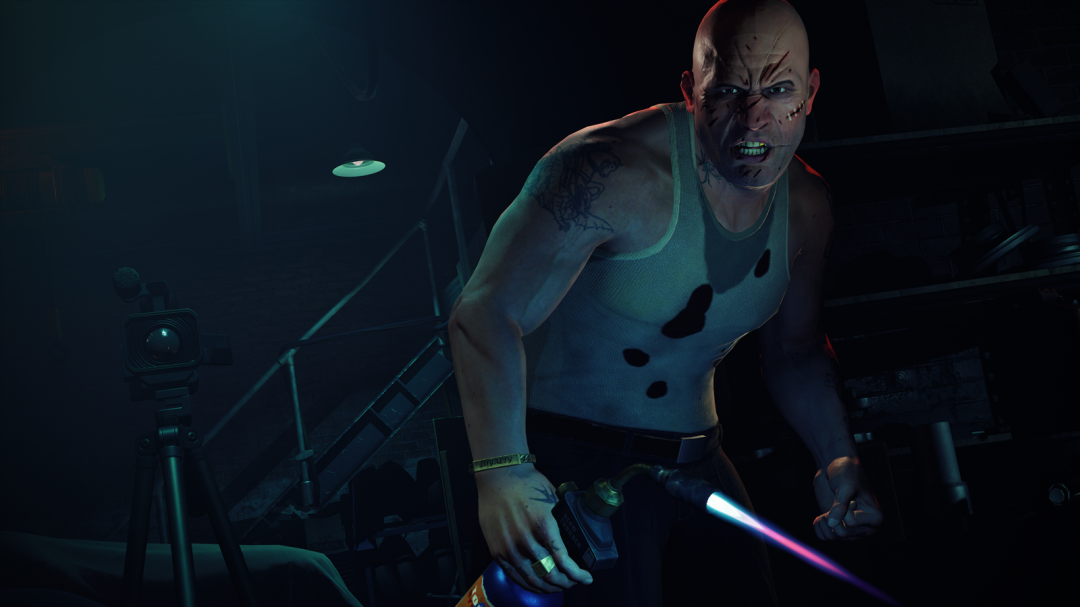
Games that require less in the way of fast movement can afford to spend more processing power on the graphics, and Batman Arkham VR and the London Heist part of the VR Worlds mini-game package are particularly stunning.
Both games are best played with the Move controllers, which might seem an investment too far considering they cost £69 for a pair and the two games last roughly two hours and 20 minutes respectively, but both are supremely immersive, interactive and cinematic experiences. Both also involve getting right in the faces of other characters that are rendered with such detail and solidity as to feel almost real, and both Batman’s batarang-throwing and London Heist’s gunfights feel natural enough to convince you that you really are a badass. Both games also have shooting gallery features that can be accessed after playing through the main story, and their addictiveness is testament to the quality of the mechanics.
Taken as a whole, the launch line-up of games has impressive variation and some stand-out experiences, but at this point it’s it’s hard to tell whether any of them will keep you playing for the next few weeks and months. The multiplayer elements of RIGS, Battlezone and Eve: Valkyrie make them potential candidates, but without fully populated servers it’s too early to know for sure (we’ll be running full reviews of these at a later date). Many of the other games, while stunning, are short experiences that will rock your world once and will show off to your mates as soon as you possibly can, but that you’re unlikely to be coming back to months down the line.
But this is always the case with the launch of a new format. Only time will tell if the games can turn PS VR into an absolute must-buy.
Sony PlayStation VR: shifting perspectives
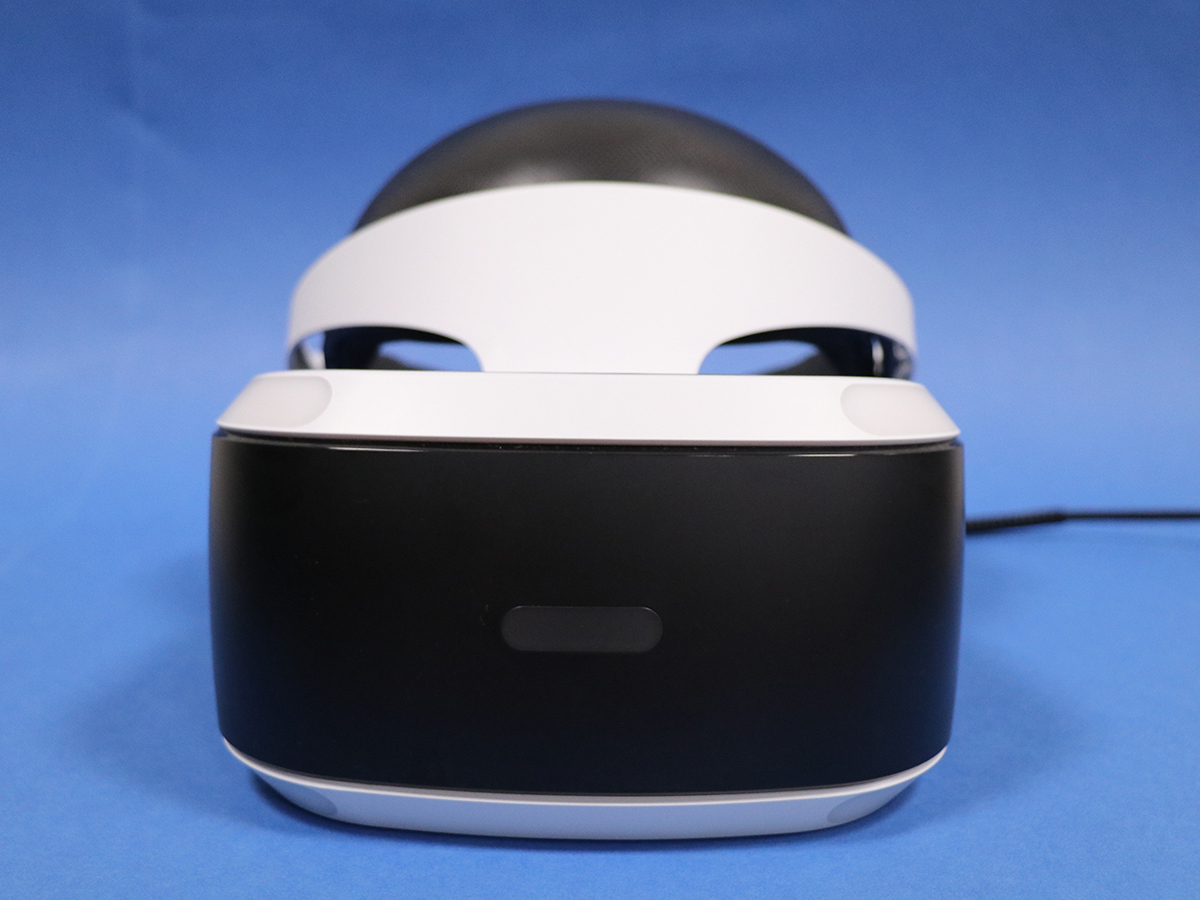
Unfortunately, I’ve had a couple of other issues when testing the PlayStation VR, and these haven’t been solved by the fresh sample.
The first is that at times there’s a little bit of wobble to the image. It’s not always there and when there’s action on-screen you won’t notice it anyway, but if it happens while everything’s still it can be jarring, particularly when playing a standing game such as Arkham VR. It feels a bit like being drunk, but without the fun drinking bit. You won’t notice it often, but it’s something to be aware of.
The other problem I’ve been finding is that the image is shifting a little bit to the left or right while I play. An example: I start a race in DriveClub VR and look directly downwards so my chin is on my chest. I’m roughly in line with the virtual seat below me. As I race I get the feeling that my vision is turning slightly so that when I hold my head straight I’m actually looking out of the left side of the windscreen rather than directly forwards over the steering wheel. I look down, chin on chest, and sure enough the seat below is now angled a little to the right.
This keeps happening to me, and not just in DriveClub. Another one of the VR Worlds games, VR Luge, has you looking down the chest and legs of your character as you hurtle down a mountain road. While the feet might be straight ahead of me when I start the first descent, by the time I start the second I have to turn my head a little to look directly at them. Whenever a menu is presented in either game it seems to have shifted a little from where it was before.
To be clear, pressing and holding the Options button on the DualShock controller recentres the image (you can do this at any time), but it doesn’t rotate it. In other words, I’m still facing slightly the wong direction, but have been shifted an inch or so left or right in the seat.
This is weird, for sure, and I honestly don’t know what’s causing it. Some people may not experience it while others might hardly notice, but it’s an issue that’s constantly niggling at me and I’m spending time fussing over that (moving my whole seat at times to compensate) when I should just be enjoying the experience.
What about the Gear? › Samsung Gear VR (2016) hands-on review
Sony PlayStation VR: the verdict
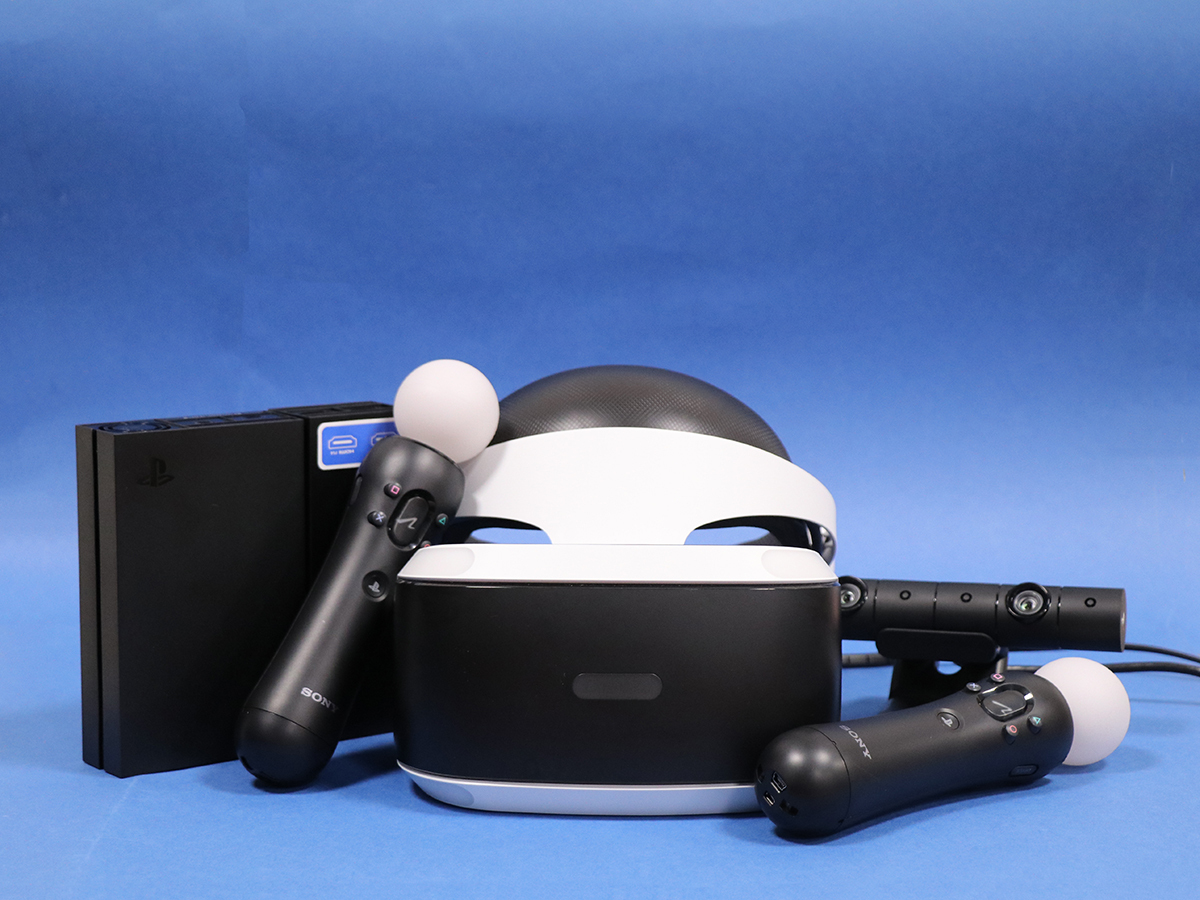
Without these niggles it would still be hard to give the PlayStation VR five stars, but then, we’re yet to give any virtual reality headset a five-star rating. It’s just too early and there are too few truly killer, long-lasting games for us to not have some reservations, despite the fact that VR, at its best, is mind-blowingly, dream-fulfillingly brilliant.
Despite its comparatively low specs and more affordable price, PS VR is capable of hitting those highs – a playthrough of Batman: Arkham VR will be enough to convince anyone of that – but some of its tech seems to be holding it back a little. A better camera and new motion controllers feel like they would have made a massive difference.
Maybe some of the shortcomings can be fixed through software updates. This is very early days, after all. Plus, new games will almost certainly take better advantage of the hardware.
That’s why we’ll keep playing over the days, weeks and months to come, and we’ll adjust this review and our score if and when things change. Right now, there’s lots of fun to be had with PS VR, but also a fair few flaws to be aware of. The price may be right, but the experience isn’t quite there yet.
Stuff Says…
The PS VR is capable of delivering incredible experiences, but some teething issues mean we can’t yet recommend it without reservations
Good Stuff
Very comfortable
Much more affordable than its rivals
Incredibly smooth, fluid and immersive VR
Some of the early content is amazing
Bad Stuff
Some inconsistencies to head and controller tracking
Relatively small play area
A lot of the initial games are very short ‘experiences’
Some odd design decisions



